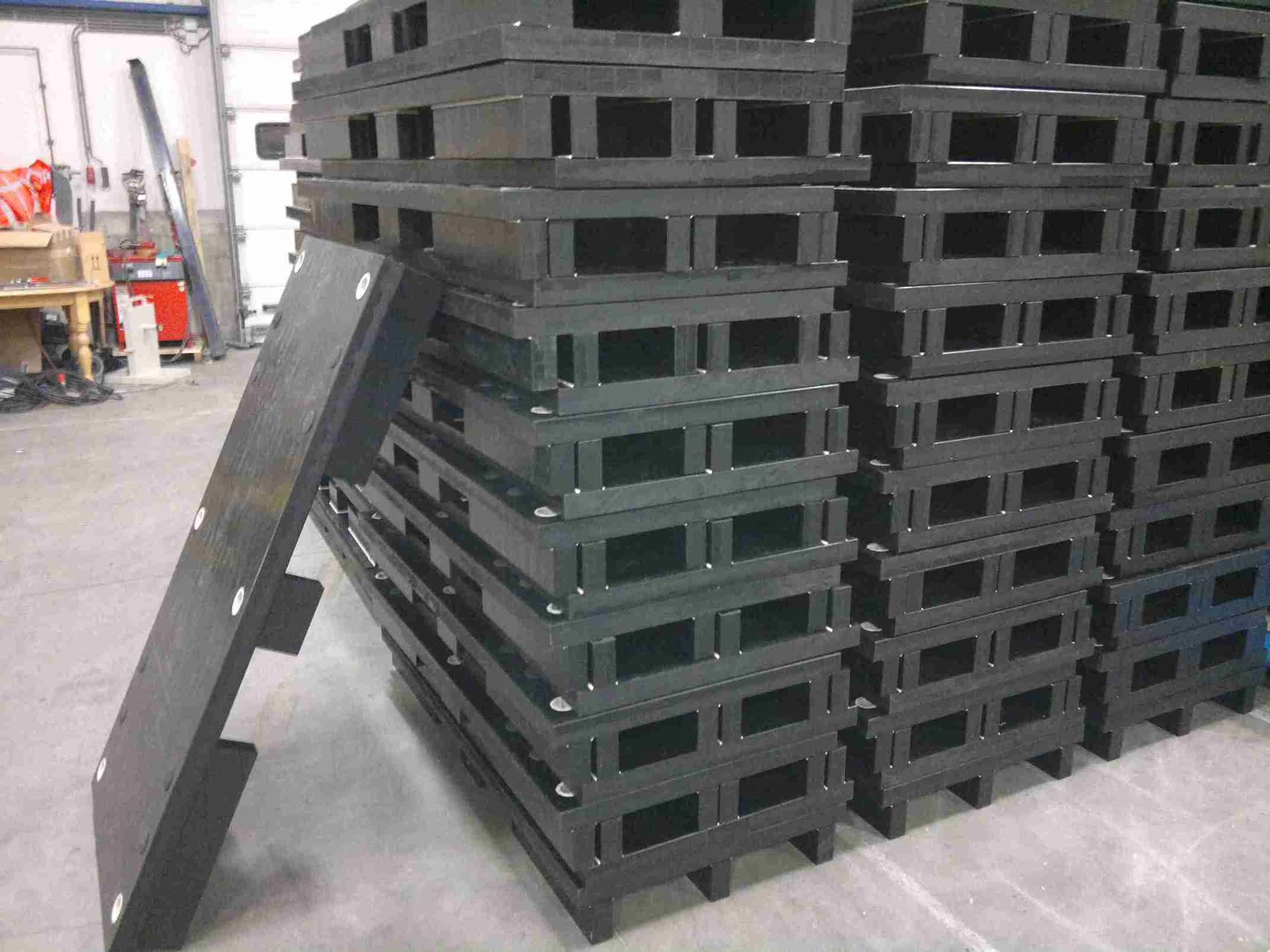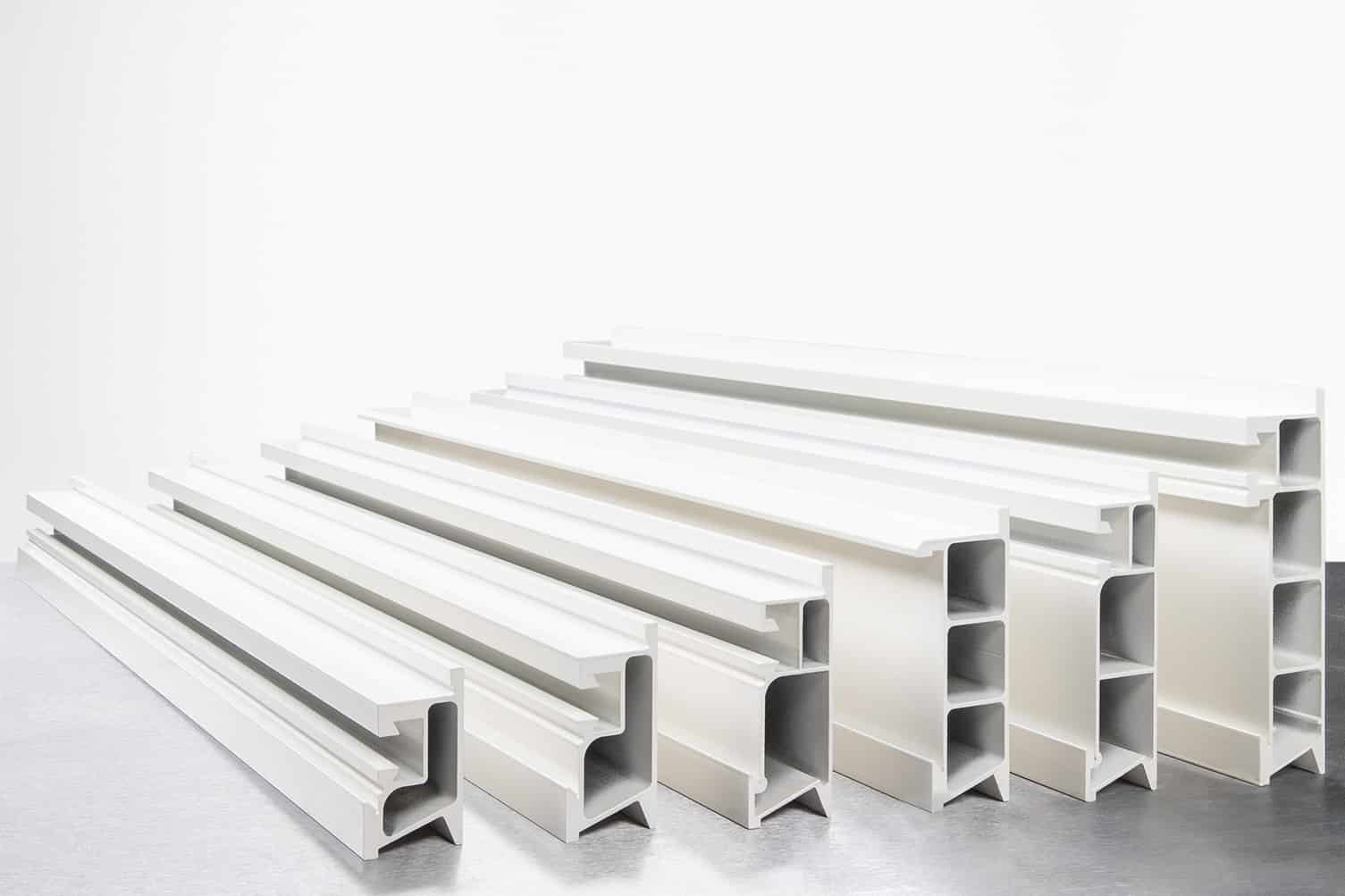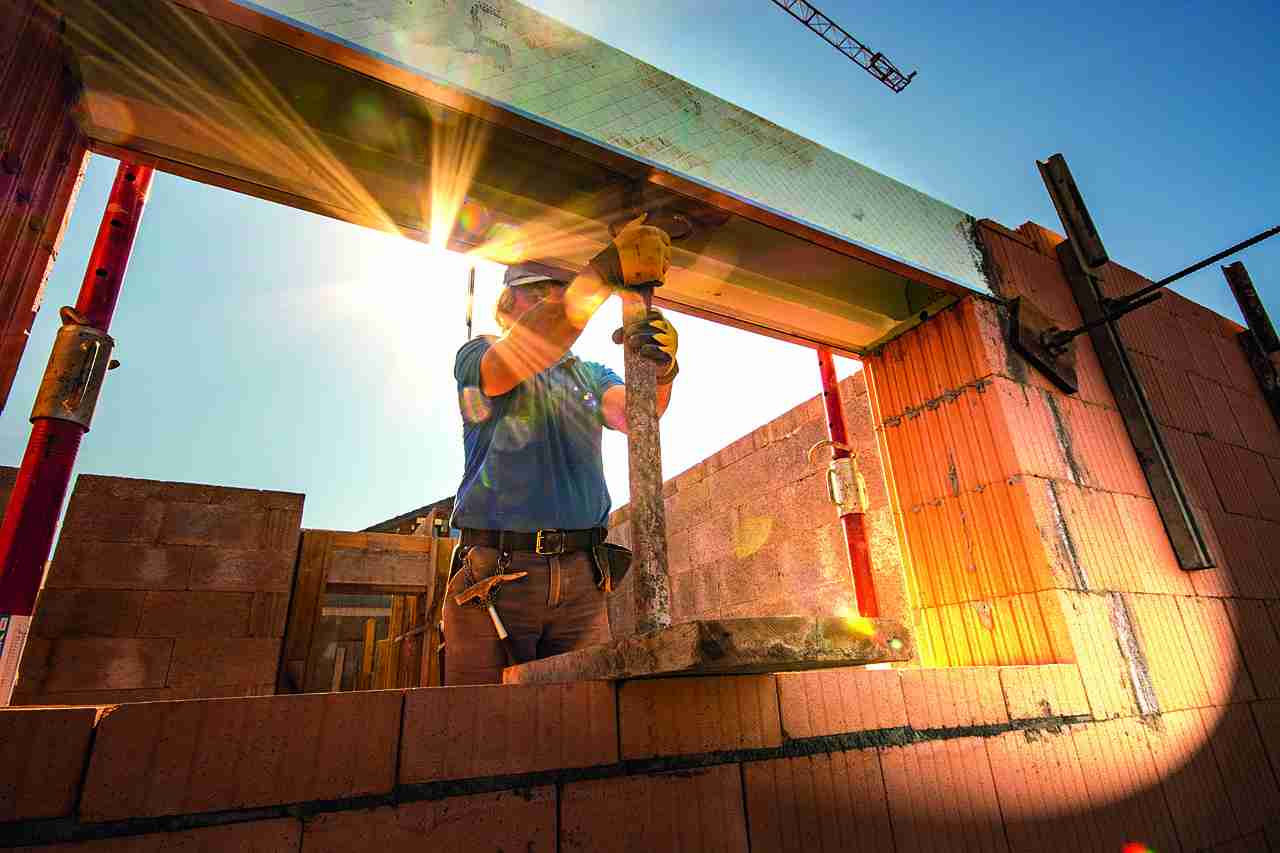Have you ever seen a new building and thought about how the concrete gets its right shape? From skyscrapers to the base of a house, concrete begins as a liquid. The secret to shaping it into strong, stable structures is a process called shuttering and shuttering. This temporary structure supports and shapes the concrete until it becomes tough. Understanding shuttering and shuttering is important to know how modern buildings are built.
This guide will explain what you need to know about the shutter in construction. We want to find out that a variety of closure materials should be used, and how it is different from the same words as the center and formwork. Whether you are involved in housing construction or eager about the construction industry, this important role will clarify the shutters of acting.
What is Shuttering and Shuttering in Construction?
So what are shutters? Simply put, closure of a temporary shape or cover where fresh concrete is inserted. The primary task is to keep wet concrete in place and give the desired structural shape to the doctor, so that it does not gain enough strength to support itself. Think of it as a baking pan for cake; The forehead holds the bat in shape while baking. Similarly, the shutter work has a concrete mixture, which ensures that the final product – it is a column, beam, or plate – has exact dimensions specified in the construction plan.
The shooting process in a civil engineer is important for maintaining the structural integrity of a building.
Without properly installed shuttering and shuttering in the formwork system, concrete can distort, bulge, or even collapse under its own weight. This temporary structure supports concrete and any structural load, and ensures that the final concrete structure is safe, strong, and has a smooth surface finish.
Shuttering, Formwork, and Centering: What’s the Difference?
In the world of construction, you often use shutters, formwork, and centering together. While related, they have different meanings. Understanding the difference between closure and formwork, as well as the difference between shutter and centering, is important for clear communication on the job side.
Form work is the overall term for a complete temporary system used to support and include the weight of concrete. This includes the closure of self-supportive structures and all hardware. Think about formwork as a complete setup.
The shoots specifically refer to vertical surfaces in the formwork system. It includes panels that create sides of the maintenance of columns, beams, and walls. When you see the vertical shape of a wall or column score, you look at the shutter.
On the other hand, the center refers to the horizontal parts of the shape that support the plate and floor. Centered to create a full shape and work together. Closing versus centering debates have the main point orientation: shoving is usually for the vertical form, while centering is for horizontal formwork. Therefore, both the centering and closing of components are in large formwork construction.
You can also read about soft autumn color palette
Exploring the Different Types of Shuttering
The alternative to shutting material depends on the budget, the required surface treatment, and which components will be reused. The construction industry uses a number of shutters, each with its own benefits. A good closure of the material list includes alternatives ranging from traditional wood to modern engineering systems.
Traditional Timber Shuttering

Timber trousers are one of the oldest and most common methods. It usually uses wooden planks or water-repellent plywood. Plywood shutters are popular as they provide a smooth surface finish, and it is relatively easy to work with them. For traditional wooden coding, the wood must be well seasoned to prevent water from absorbing into the concrete. Before the addition of concrete, apply the depreciation or fat on the surface of the wooden shoot to make the shape work easier to remove and prevent the concrete from sticking. Although they are cost-effective for small projects, timber has a limited life and may not be suitable for large or complex structures like curved arches.
Steel Shuttering
For large projects that require durability and re-purposes, steel bodies are a favorite alternative. These steel codes are made of hard, thin steel plates along the edges and can be reused many times. The steel shape provides an excellent, smooth surface finish on the concrete, which reduces the requirement for plaster. This type of shutter is ideal for projects with elements to be repeated, such as columns and beams, or large infrastructure such as bridges and tunnel structures. Although the first investment is high, prolonged cost savings in reuse are financially saved for larger solid construction. Components such as steel pipe supplies and aluminum wall panels are often used in combination with steel bodies.
Plastic Shuttering

Plastic shuttering and shuttering: Another modern innovation that uses lightweight panels to form concrete shapes. Made of light and strong plastic panels, this type of shutter is easy to handle and collect. Plastic pink is especially useful for small, repetitive projects and for complex or curved structures. Plastic shape is water repellent, which means that they do not absorb moisture from concrete, resulting in high-quality finishes. System engineers such as NovaForm work are examples of formwork systems that use plastic and general materials for efficient and versatile shutter work. Fabric shape work, which uses geotextile clothing, is another modern alternative for creating unique structural shapes.
Aluminum Shuttering

Like steel,Aluminum shuttering and shuttering: Like steel, this is a durable, reusable, and lightweight alternative. Aluminum scores are easy to handle, which reduces labor costs and construction time. They are often used in prefabricated formwork systems for large homes and commercial projects where speed is needed. An aluminum product chain can include everything from wall gluck panels to radiation scoring components, which can create a harmonious and efficient formwork system.
You can also read about eleogant tube
The Shuttering Construction Process
The shuttering and shuttering process follows each stage, from layout marking to removal of the final formwork. First, the area is designed, which may include an anti-thermite for the soil. Closing panels are then gathered according to the plan to create a mold for a concrete structure, for example, for a foundation, wall, or column.
Load distribution is an important factor. Closing must be strong enough to withstand wet concrete and all other load pressures. Posts and props focused on supporting the structure are used, ensuring that it remains stable. Concrete is inserted, and it requires time to fix it. “Stripping time“, or shutter, can be safely removed, as long as it is important and often specified by standards such as code 456. Removing the formwork can quickly compromise structural integrity. When the concrete becomes sufficiently stiff, the process of removing the shape work begins to avoid damage to the new concrete structure.
The shuttering and shuttering process is a basic element of modern construction. It is a temporary support that shapes the final structure of the concrete and converts a liquid mixture into strong pillars, beams, and plates that create our buildings.
From traditional timber to modern steel and plastic, the choice of shuttering and shuttering materials affects cost, speed, and quality of a project. By understanding the difference between closure and centering and the valuation of different types of available types, we get the necessary accurate insight into design in the modern building world.
